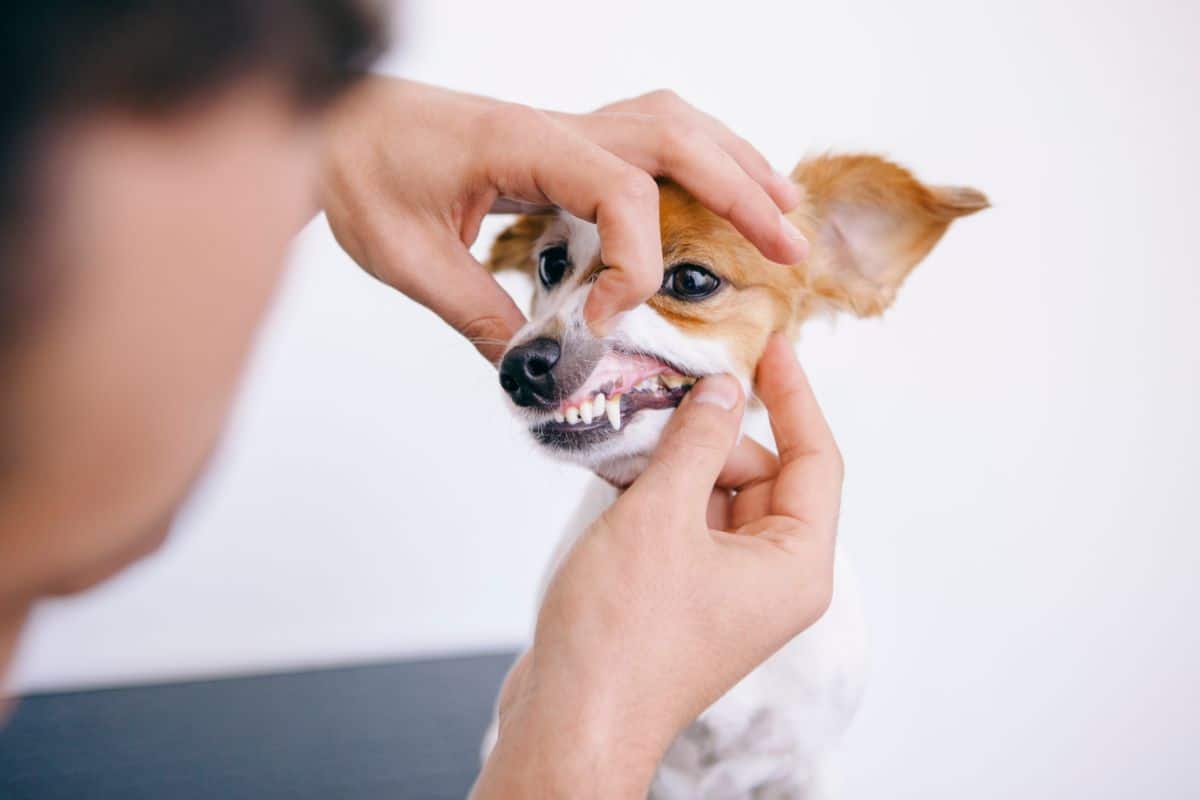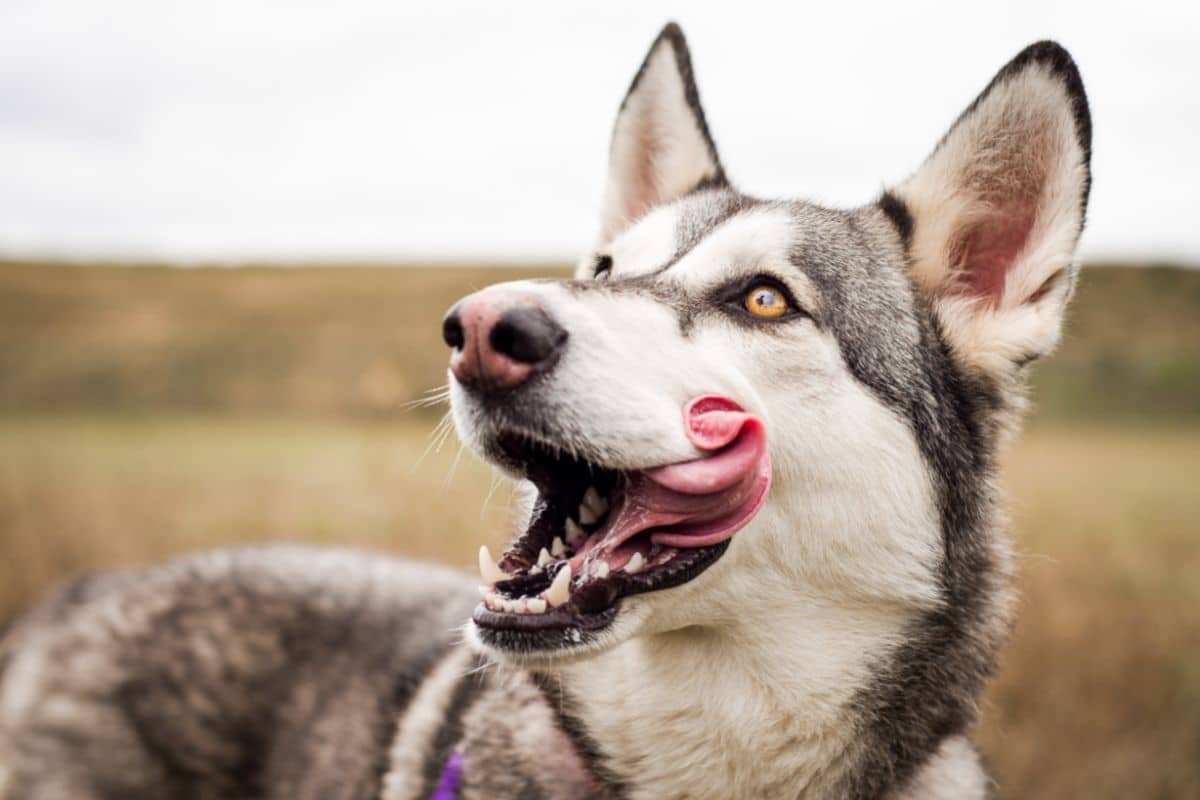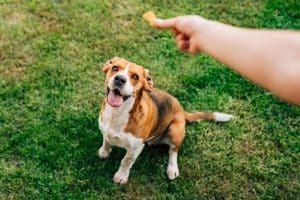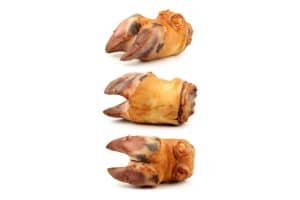Lip fold pyoderma can be prevented by regular spot checking and weekly baths. But knowing what you’re looking for such as mucus, hidden food, putrid odors and more.
The love we have for our doggies knows no bounds, am I right? Those adorable little fluff balls settle in as part of the family from the second that you bring them home.
And much like you would your own child, you’ll do anything and everything to ensure that they have the best possible life.
If that means donning your raincoat and taking them for their walk in torrential pour-downs, you’ll do it.
If it means dealing with a day of stropping because you took them to the vet, you’ll deal with it.
And if it means placing down that bar of chocolate to get them their favorite toy or treat, you’ll make that sacrifice too. It’s all part and parcel of being an infatuated dog owner.
And one part of being a dog owner means keeping an eye out for anything out of the usual.
This can be simple things like why are you so quiet, or what have you got in your mouth but it can also be more serious things, like checking for lip fold pyoderma.
For those who don’t know, lip fold pyoderma is a fairly common issue for dogs with loose skin, long hair around their mouth, or short noses.
It is essentially when the dog’s lip folds over itself and traps food and moisture.
And it’s not nice for anyone involved. Not for the dog, and certainly not for your sense of smell.
Luckily, there are things that you can do to help try and prevent this condition from happening. And throughout this article, we’ll look at how to do so.
What Causes LFP
LFP is typically the cumulative result of a combination of factors affecting the same fold of skin:
- Irritation
- Lack of ventilation
- Stagnating moisture (tears, saliva, glandular secretions, or urine)
As air cannot reach the affected area, the irritation intensifies, and as the tissue is damaged, infection takes hold.
Which Breeds Are Prone To LFP?
Unsurprisingly, studies have shown that dog breeds with flat faces and lots of skin folds are most vulnerable to LFP:
- English Bulldogs
- French Bulldogs
- Pugs
- Basset Hounds
- Cocker Spaniels
- Shar-Peis
- Cavalier King Charles Spaniels
- Boxers
Checking For LFP
Common signs of LFP include a rancid smell from the mouth area, and trapped food or mucus-covered hair between the lip and mouth. Using your finger you’ll need to regularly inspect this area.
The first big sign of lip fold pyoderma (LFP) is a putrid smell coming from around your dog’s mouth. It can smell pretty sour or like mold, so it’s pretty hard not to notice.
However, since this smell often originates from the mouth area, some owners can assume that it’s coming from their teeth. Or that they just have really bad breath.
And sometimes it can just be those things, which is why it’s essential to check. To do so, you’ll need to enlist the help of a friend who can dangle a tempting treat close to your dog’s face.
You want to be sat facing your dog, this way you can get a better view of what’s going on. Very carefully with your fingers, you’ll want to slide them around the front half of their lips.
You’re essentially trying to open up the pouch where food can get trapped between the dog’s bottom lip and the front of their mouth. You’ll be able to smell and see if your pup does have LFP.
You’re looking for mucus that is covered in hair or some other type of film as well as inflamed skin. However, you can usually smell whether a dog has LFP pretty quickly.
Preventing LFP
There are two main ways you can help prevent your dog from developing LFP. Spot cleaning and weekly baths. If your dog does not receive weekly baths then you must ensure that they are receiving weekly spot cleans.
Spot Cleaning

- Step One – First you’ll need a bowl of warm water along with some paper towels or a washcloth. You’ll also need specialized medicated shampoo. You can buy this online, in pet stores, or it can be prescribed by your veterinarian.
- Step Two – You’ll need to enlist the help of a friend again who can dangle a delicious treat in front of your pet. Allow your dog to eat a treat, and once he’s finished it you’ll need to gently pull forward your dog’s lip. You can then clean the area with a towel or washcloth and the medicated shampoo.
- Step Three – You’ll then need to rinse the same area with a new paper towel and ensure that the area is dry. Clipping long hairs around the dog’s mouth can also be beneficial.
- Step Four – You’ll need to continue to check the area daily to ensure that it is clean. Don’t forget to reward your dog with tasty treats for good behavior.
It is important to note that some dogs will find mouth handling stressful so it is important to use treats to set up positive reinforcement.
Weekly Baths
It is always good practice to give your dog at least one bath a week. It will help them stay clean, fresh, and smell good. It can also be a great time to inspect and clean any LPF through the use of warm water.
Using the same steps above, you’ll want to open up the area and rinse it with warm water. Make sure it’s not too hot or cold as you don’t want this to feel uncomfortable for your dog.
Sorry, It’s Vet Time
In the event of excess puss, infection, or rapidly worsening bad breath you should always contact your local veterinarian who will decide the best course of action.
No dog likes going to the vet. I’d say the vet is about as loved by your pup as the mailman is. But sometimes, whether they like it or not, they need to take a trip to see their least favorite friend.
If you notice the area or pouch is infected, smells very bad, or shows evidence of pus, then they’ll need to go to the vet.
If you’ve attempted to try and spot clean or inspect the area but your dog will not allow you to do so, then you’ll also need to take them to the vet.
It is worth noting that being pinned down at the vet clinic is not a massively nice experience for you, the vet, or the dog, and so you should continue to try and encourage body handling through the use of treats to try and avoid this.
Once at the vets, they can then determine whether or not your dog has LFP, whether more serious dental issues are coming into play, and advise you on the next steps to take.
Common Treatments For LFP
Thankfully, mild cases of LFP can be remedied with frequent cleansing with medical-grade skin treatments.
Sometimes, hair must be removed in order to aid in the application, in which case, it’s important to prevent the stubble from causing further irritation.
When it comes to severe cases, if regular cleansing fails to improve the infected area, LFP usually requires surgical intervention involving the removal of the problem skin fold.
Final Thoughts
LFP is not a nice thing for your pup or for you. Prevention is always the best cure and so regularly spot-cleaning and bathing your dog is always a wise move.
This way you can ensure there isn’t a build-up forming that can potentially become infected or painful for your pup.
If you are ever unsure or worried about your dog, then the best advice is always to have your veterinarian have a look as they will be able to help you through the situation in a way that is best for both you and your pup.



